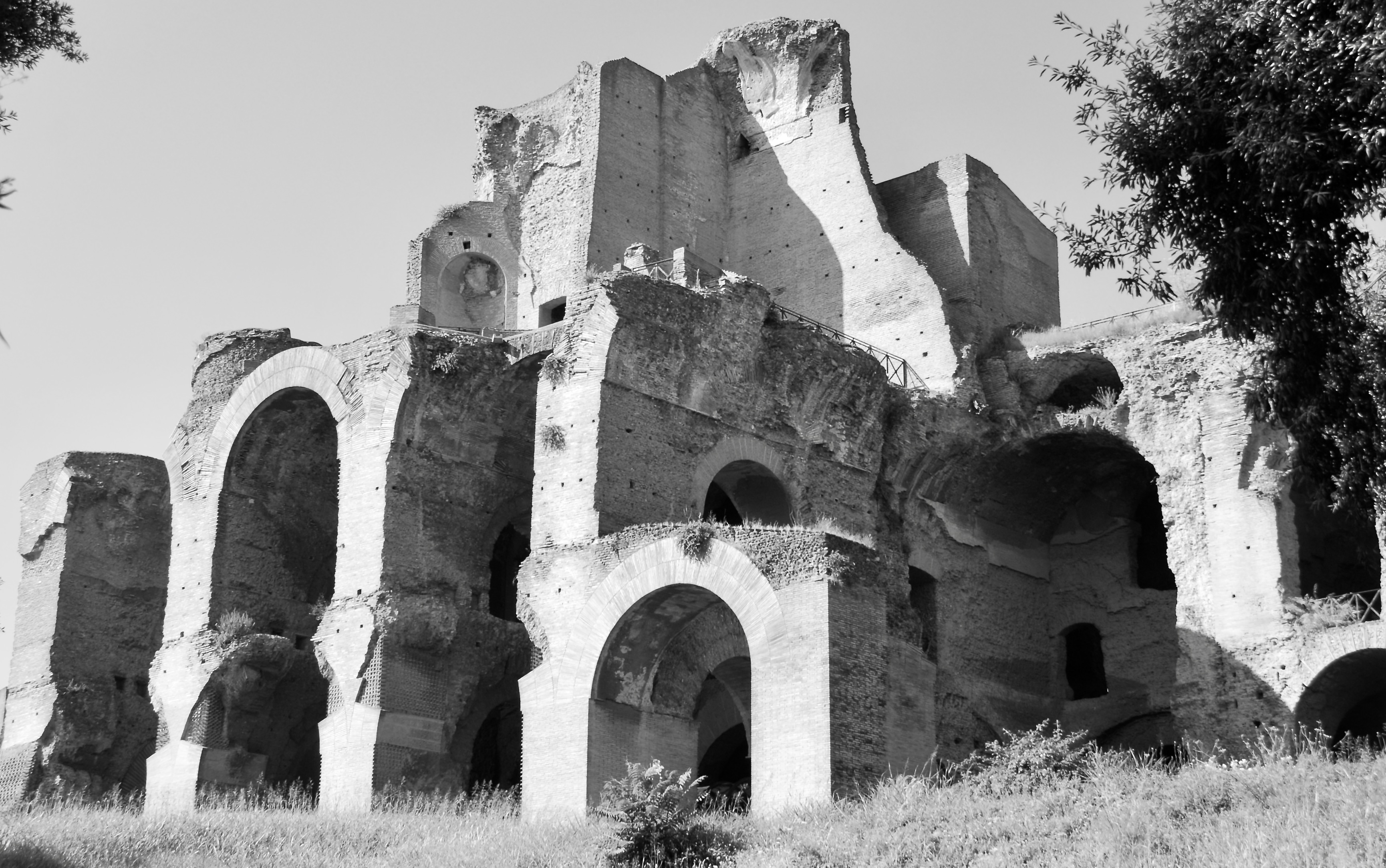Ruins of Seacrest
Once, Seacrest was a thriving coastal town on the edge of the Wyrm Steppes, renowned for the pottery it produced from the rich clay coastal clay deposits. It was destroyed in the first 100 years of the Divine War when a duel between two powerful Celestials, one fighting for the Astartians and one for the Polephemites took place in the skies above it and then within its streets. Following its destruction, its population fled and either died on the steppes or were eventually subsumed into the Exiled Tribes.
Defences
As it was rather far removed from other geopolitical entities and because its residents made sure to cultivate good relations with the Taxidi people of the Wyrm Steppes, Seacrest wasn't overly concerned with making itself into a fortified bastion.
Whilst the composition of its local defence force is now lost to time, the only defensive structure built within the town was a large central fortified tower, designed to be a refuge in which its citizenry could weather a short term attack, rather than endure a long drawn out siege.
Sadly for its residents, this tower was not sufficient to protect them from the wrath of the warring Celestials, but it is likely that those that did survive the town's destruction took refuge within the space.
Industry & Trade
Seacrest was founded on and flourished thanks to the quality of the local clay beds and the skill of its resident ceramicists. Whilst bricks and roof tiles were produced in Seacrest, both for local consumption and export, the true treasure of the town was its signature, bright red pottery, known as Crest Ware. Because it was made of such fine clay Crest Ware vessels had characteristically thin, delicate walls and was often patterned with intricate scenes and designs. Most examples of Crest Ware were fired in their natural red colour, rather than being glazed with colours.
Architecture
The proximity of the nearby flatbeds meant that almost all of Seacrest's buildings were constructed from brick, made with local clay in the local brickyards and capped with slates made from this clay as well. In its prime, this meant that the town had a characteristic warm earthen colour palate, a stark contrast to the surrounding grassland. Whilst all of the surviving superstructures of the buildings have been heavily weathered and have fallen into disrepair, the signature colour of Seacrest's bricks still makes it stand out in the surrounding landscape.
Geography
The ruins of the town sit on a peninsula that slopes gently down from the higher area of the Wyrm Steppes to the east to the shores of the Malcont Ocean to the west.
Three small rivers flow down the slope and through the ruins of the town, all of which have their origins in springs that bubble up through the clayey soil to the east and which flow down into the Malcont Ocean.
Natural Resources
The reason that Seacrest was established where is was is that the peninsula it sits on is made up of a rich deposit of high quality clay, that was used by the townsfolk to produce high quality ceramics. These clay beds still exist, though the destruction of the town means that they are no longer exploited.
RUINED SETTLEMENT
63DW



Comments